Fire Resistant
Neutral silicone sealant with high fire resistance.

Application areas
Discover more
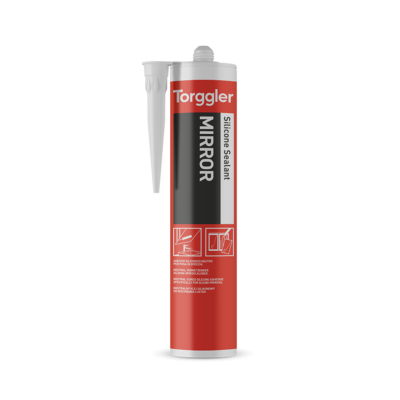
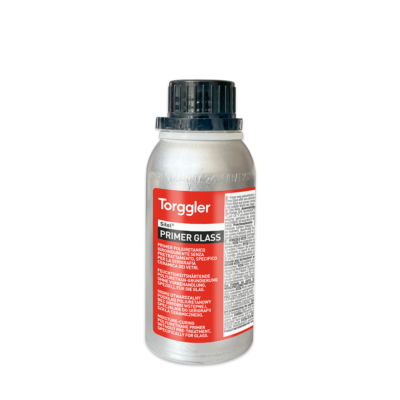
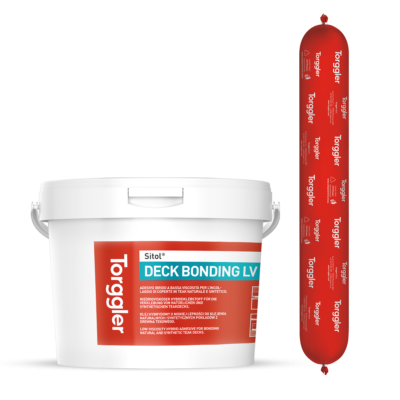
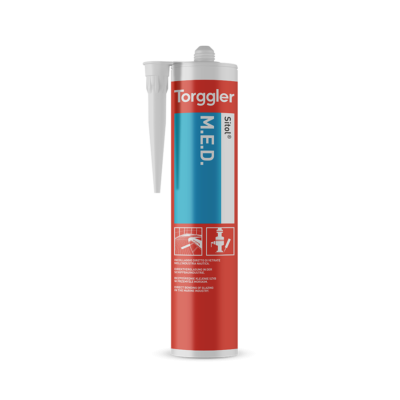
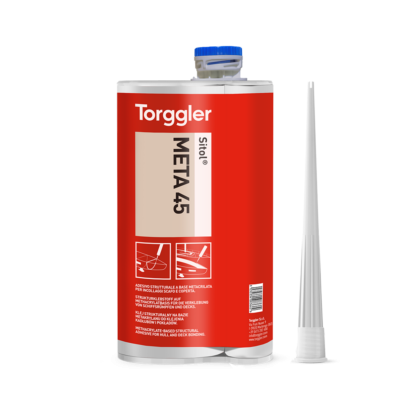
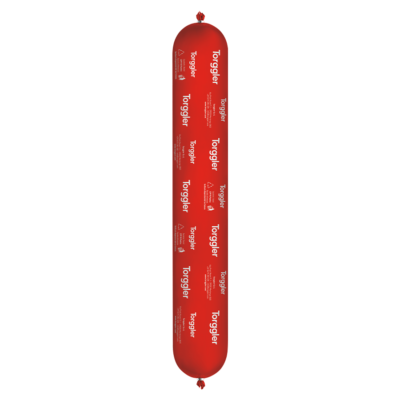
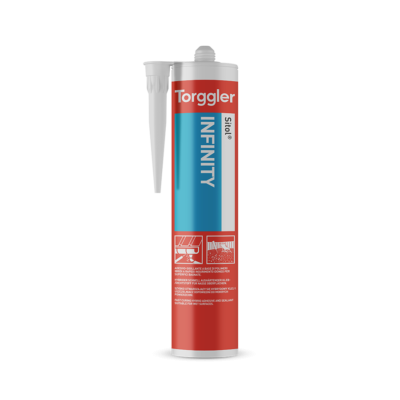
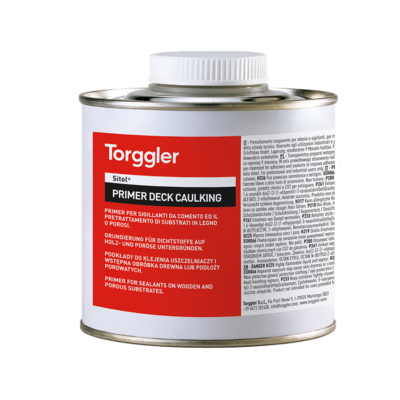
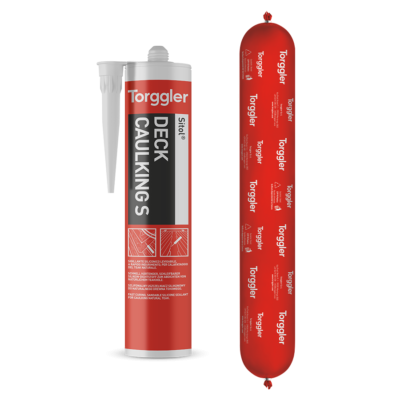
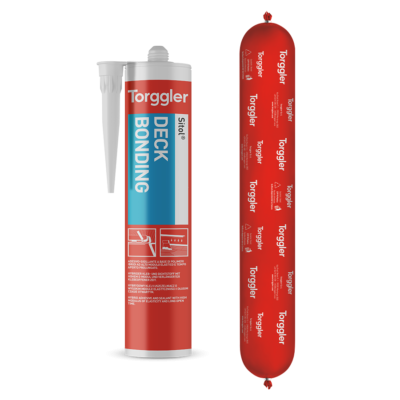
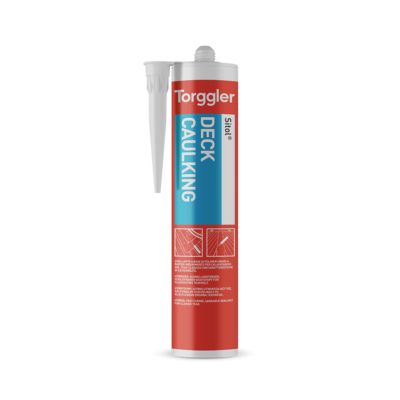
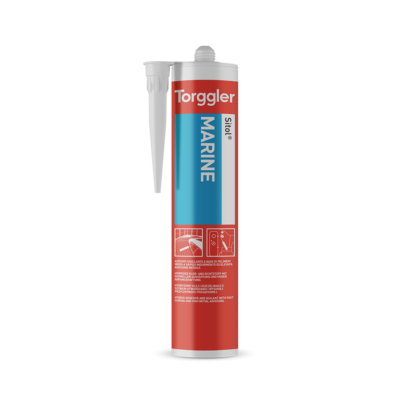
Silicone Fire Resistant is a silicone sealant designed for use in fire barrier systems. It has been specially formulated to withstand the high temperatures developed during a fire and to provide a perfect seal preventing the passage of smoke and fumes. These tests showed that joints sealed with Silicone Fire Resistant as described in the table on the next page prevent the passage of flame, smoke and gas and guarantee thermal insulation for up to 240 minutes (Class EI 240). Silicone Fire Resistant does not contain non-silicone plasticizers or flammable solvents. Neutral curing is caused by atmospheric humidity. It is neutral curing and does not therefore, produce unpleasant odours. It is composed of silicones only and therefore provides an excellent seal on porous substrates. In addition, Fire Resistant is certified as a non-structural joint sealant for façade elements, both indoors and outdoors, even in cold climates (F-EXT-INT-CC) according to EN 15651-1, and is certified by the GEV as EC 1 for its very low emission.
Joint sizing: Certified joints must follow the geometry given in the official product classification reports.
Sealing can be done on both sides of the wall or only on the side not exposed to fire in the event of a fire (see tables on previous page). Certified joints must in any case follow the geometry given in the official product classification reports.
Store Silicone Fire Resistant in a cool, dry place. Stored in these conditions the product will keep for at least 12 months. Partly used cartridges can be stored for approx. 3 months provided they are tightly closed.
| Color | Code | Packaging | Packaging size | Pallet | Barcode |
|---|---|---|---|---|---|
| Grey 7045 | 6766 | cartridge | 24x310 ml |
64 cardboards
|
Silicone Fire Resistant is used for linear wall joints and fire doors. In areas where fire safety regulations must be met, it is used on mineral substrates with the same or higher density or thickness than in the test procedure. Silicone Fire Resistant adheres to a wide variety of substrates. It is composed of silicones only and therefore provides an excellent sealon porous substrates. Silicone Fire Resistant resists atmospheric agents and ultraviolet rays, in fact, years after installation, there are no traces of surface micro-cracks or chalking.
| PARAMETER AND TEST METHOD | VALUE |
| Density (ISO 1183-1) | 1,482 g/ml |
| Application temperature | +5 °C to +40 °C |
| Skin-over time at 23 °C (MIT 33*) | approx. 80 minutes |
| Hardening rate from the outside to the inside at 23 °C (MIT 32*) | approx. 2 mm in 24 hours |
| Standard operating temperature | -50 °C to +150 °C |
| Shore A hardness (DIN 53505) | approx. 30 |
| Elongation at break (DIN 53504 – S3) | 460 % |
| Tensile strength at break (DIN 53504 -S3) | 0,72 N/mm² |
| Modulus of elasticity at 100 % (DIN 53504 -S3) | 0,38 N/mm² |
| Elongation at break (EN ISO 8339/A – aluminium substrate – Aup at 23 °C) | 270 % |
| Tensile strength at break (EN ISO 8339/A – aluminium substrate – Aup at 23 °C) | 0,27 N/mm² |
| Modulus of elasticity at 100 % (EN ISO 8339/A – aluminium substrate – Aup at 23 °C) | 0,22 N/mm² |
| Elongation at break (EN ISO 8339/A – aluminium substrate – Aup at -30 °C) | 270 % |
| Tensile strength at break (EN ISO 8339/A – aluminium substrate – Aup at -30 °C) | 0,74 N/mm² |
| Modulus of elasticity at 100 % (EN ISO 8339/A – aluminium substrate – Aup at -30 °C) | 0,53 N/mm² |
| Maximum operating elongation | 25 % |
| Fire resistance class (EN 13501-2) | up to EI 240 |
| Fire reaction class (EN 13501-1) | B-s2,d0 |
| Resistance to acids | very high |
| Alkali resistance | very high |
| Odor after cross-linking | odorless |
* Torggler Internal Methods are available on request.
| ESTIMATED CONSUMPTION | ||
| JOINT THICKNESS X DEPTH (MM) | CONSUMPTION PER METER | METERS COVERED WITH ONE CARTRIDGE |
| 10×10 | 100 ml | 3,1 |
| 20×10 | 200 ml | 1,55 |
| 30×20 | 600 ml | 0,51 |
| 40×20 | 800 ml | 0,38 |
| 50×30 | 1500 ml | 0,20 |
Contact our team for personalized support and product guidance.